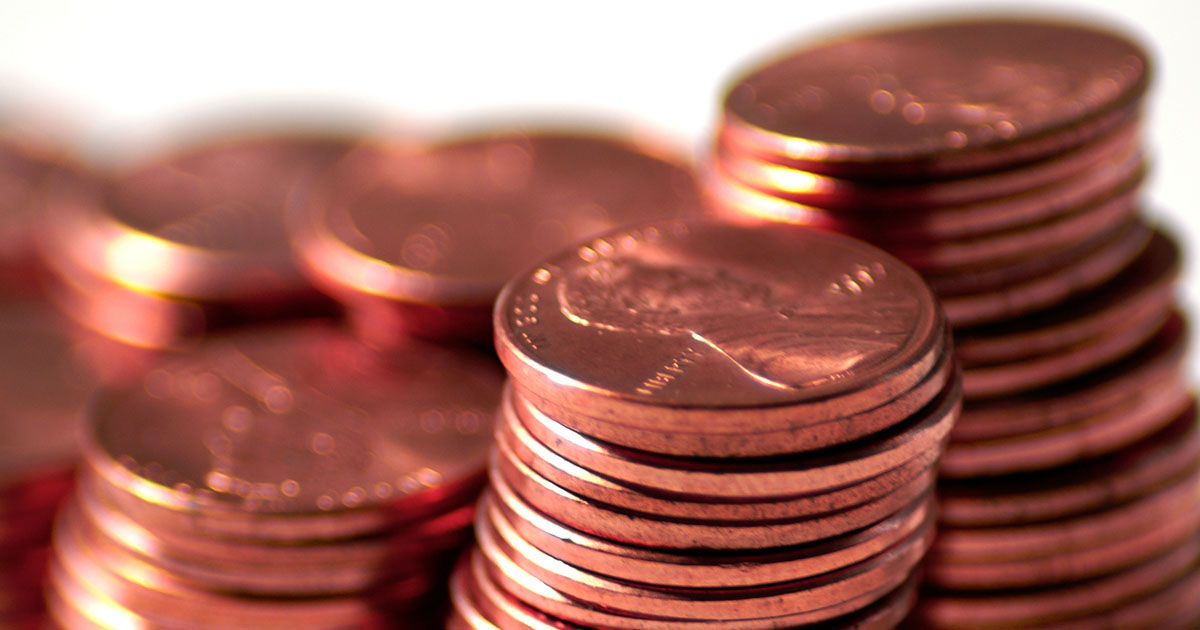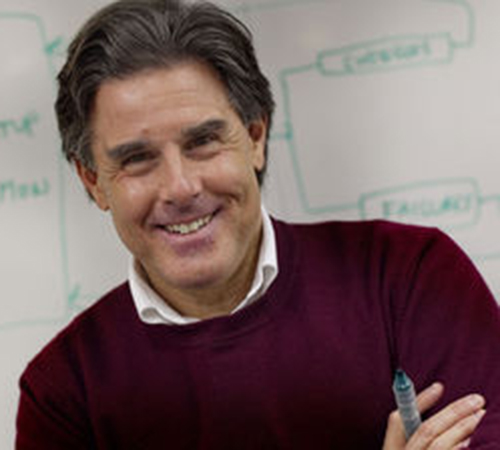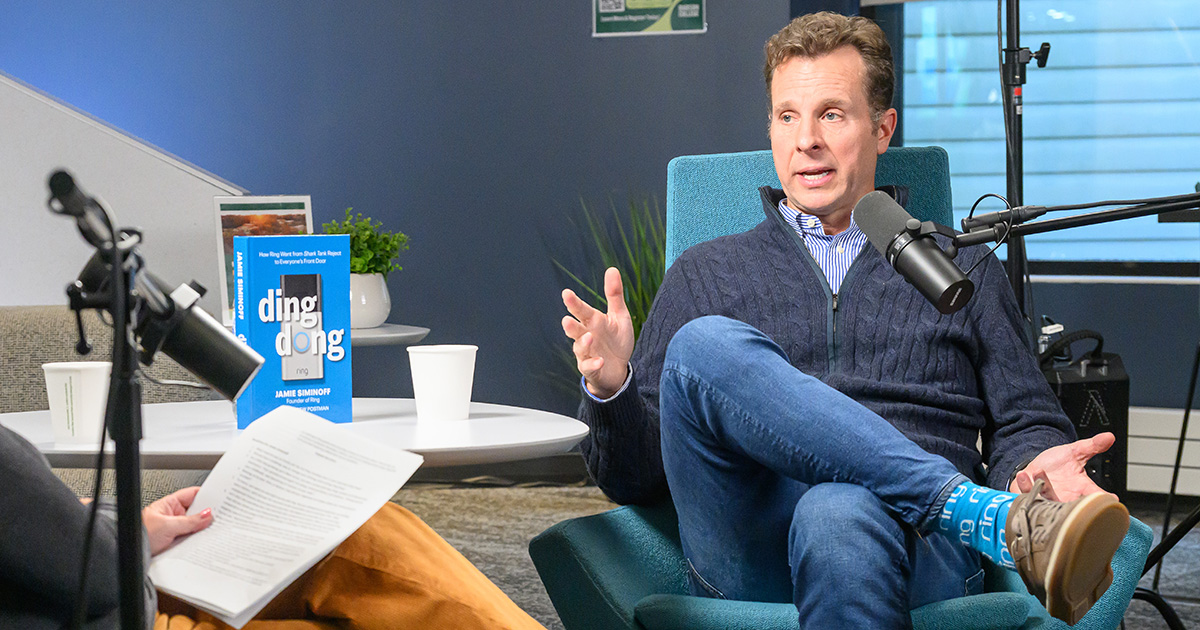Eliminating the Penny? These Babson Professors Have Thoughts

The U.S. penny’s days may be numbered.
The debate over the coin’s future has simmered for years and is bubbling up again with President Donald Trump’s executive order asking the U.S. Department of Treasury to stop minting new pennies. The renewed discussion has prompted a deeper look into the dwindling use of physical currency.
For many economists and financial experts, the proposal is a practical response to economic realities.
“Small denomination coins, such as pennies, are gradually being eliminated from circulation in many economies due to inflation, rising production costs, and the shift toward digital payments,” said Joseph Ricciardi, an associate professor of economics at Babson College.
Here, Ricciardi and two Babson colleagues offer their 2 cents on the penny.
The Cost of Cents
Manufacturing a penny cost about 3.7 cents in fiscal year 2024, according to the U.S. Mint, which lost $85.3 million producing more than 3 billion pennies last year.

“When production costs exceed a coin’s face value, it becomes more difficult to keep it in circulation,” Ricciardi explained. Inflation further diminishes the penny’s purchasing power, making it less useful for everyday transactions.
Yet, eliminating the penny isn’t a straightforward solution, according to Ryan Davies, professor of finance at Babson.
“Nickels are actually more expensive to produce, so eliminating pennies could increase reliance on 5-cent coins, offsetting some of the cost savings,” Davies said. “In fact, it could end up costing more.”
The nickel cost 13.8 cents to make and distribute, according to the U.S. Mint’s 2024 report.
Canada faced similar questions when it phased out its penny in 2012, and many prices rounded up. Concerns about price rounding and inflation perception lingered, though studies suggested minimal long-term impacts.
The Shift to Digital
The decline of physical currency isn’t new. Ricciardi noted that Americans are increasingly adopting digital payments.

“Credit cards, mobile wallets, and even cryptocurrencies have reduced reliance on physical cash, particularly small coins,” he said.
However, Davies cautioned that not everyone benefits from a cashless economy.
“There’s still a significant portion of the population without access to credit cards or bank accounts. These people risk exclusion if cash becomes obsolete,” he said.
Peter Cohan, associate professor of practice in management at Babson, emphasized the need for careful consideration.
“We need to evaluate the broader societal impacts. For some, eliminating the penny won’t matter, but for others, it could disrupt daily life,” Cohan said.
Beyond Pinching Pennies
The penny has been part of American culture for over two centuries. First minted in 1793 and featuring President Lincoln’s portrait since 1909, it carries historical and sentimental value.

Davies pointed out that cash transactions also can be educational.
“I use cash with my daughters to show them the value of money and spending. It’s an important lesson that’s lost when everything is digital,” he said.
He also highlighted the practical advantages of cash.
“Every card transaction includes merchant fees, sometimes as high as 3.5%. Plus, budgeting with physical cash is more tangible than swiping a card,” Davies said.
Whether driven by economic pragmatism or the march toward digital transactions, the penny’s future is uncertain.
“The U.S. Constitution gives Congress the exclusive authority to regulate currency,” Ricciardi noted. While legislative approval may be necessary to eliminate the penny, the President appoints the Director of the Mint and could potentially unilaterally order a halt to its production.
If the U.S. follows the lead of Canada, Australia, and others, Americans may soon be rounding up purchases and saying goodbye to a coin that has endured for more than 200 years.
Posted in Insights






